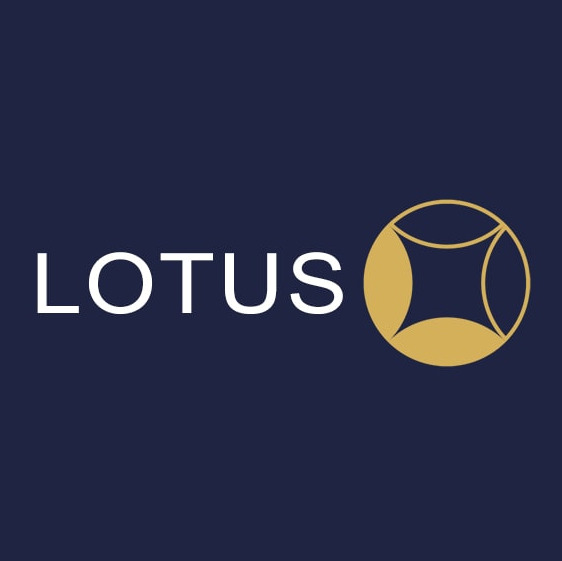Rubies are the precious red gemstones known for their beauty for centuries. Also known as Manik stone in Hindi these gems symbolize love, vitality and power. These are the most sought after stones in the corundum mineral family after sapphires. Whether you are investing in natural gemstones or astrology purposes is on your mind, one must buy natural ruby stone only. In the market there are two types of rubies, treated and natural. Understanding the difference between the two is important to get your money’s worth.
What is a Natural Ruby?
A natural ruby is exactly what it sounds like — a gemstone formed by nature, deep within the earth, without any major human intervention (aside from cutting and polishing). These rubies may have inclusions, slight color variations, or minor imperfections, which are signs of their authenticity. In fact, inclusions are often seen as a “birthmark” of the stone, adding character and uniqueness.
Natural rubies are extremely rare, especially in larger sizes and vivid colors. Because of their rarity and beauty, they command much higher prices.
Key points about natural rubies:
- Formed naturally over millions of years.
- May have natural inclusions or imperfections.
- Usually more valuable and expensive.
- Certified by reputable gemological labs.
What is a Treated Ruby?
A treated ruby is a natural ruby that has undergone enhancements to improve its color, clarity, or overall appearance. Treatments are extremely common in the gemstone market, and they can range from mild to extensive.
The most common treatments include:
- Heat treatment: A traditional and accepted method to improve color and clarity. Almost all rubies on the market are heat-treated.
- Fracture filling: Filling surface cracks with glass or other materials to make the ruby look more perfect.
- Diffusion treatment: Adding chemical elements to enhance color only at the surface.
While heat-treated rubies are widely accepted (and even expected), other treatments, like fracture filling, can significantly lower the gem’s value and durability.
Key points about treated rubies:
- Treated to enhance color and clarity.
- Generally less expensive than untreated rubies.
- May require special care depending on the treatment.
- Should always be disclosed by a reputable seller.
Why Does It Matter?
Knowing whether a ruby is natural or treated is critical because it affects:
- Value: Natural, untreated rubies can cost 5–10 times more than treated ones of similar appearance.
- Longevity: Certain treatments can make a ruby more vulnerable to damage (e.g., glass-filled rubies are less durable).
- Investment: Natural rubies hold their value much better over time.
- Personal preference: Some buyers prefer the “real thing” even if it has natural flaws.
How to Protect Yourself When Buying
Here’s how to make sure you’re making a wise purchase:
- Always ask for certification: Trusted gem labs like GIA, AGS, or IGI will specify if the ruby is treated and to what extent.
- Buy from reputable dealers: Choose jewelers who are upfront about the treatment status of their gemstones.
- Be cautious of deals that seem too good to be true: A “perfect” large ruby at a low price is almost certainly treated — or worse, synthetic.
To conclude, buy ruby online which is natural and untreated if you are looking for long term investment and astrological uses. However you can look for treated stones if you are looking for budget friendly jewelry options. The best place to buy Manik online is Navratan. They have the best gemstones from all origins. If you want to shop gemstones offline then Navratan is located in Johari Bazaar, Jaipur.




